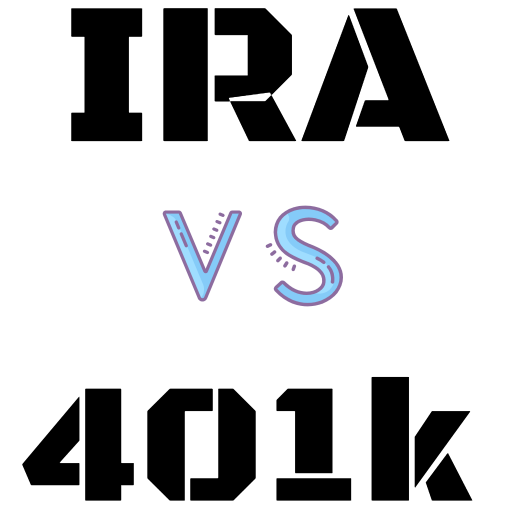
What is the pro-rata rule? It’s a formula used with Individual Retirement Arrangements (IRAs) to determine how much of an IRA distribution is taxable when the account owner holds both after-tax and pre-tax dollars in their IRAs. This rule does not apply to either the Thrift Savings Plan or to Roth IRAs. You are not allowed to isolate any after tax amounts and have to consider pre-tax monies in your IRAs.
So, how do you calculate the pro-rata rule? The first thing you do is total up all of your affected IRAs. That includes SEP and SIMPLE IRAs, but not Roth IRAs.
After you’ve totaled up the value of all affected IRAs, you calculate the balance of after tax dollars. The after tax dollars might come from non-deductible contributions to a traditional IRA. If you have multiple years in which you have made non-deductible contributions, you should have been tracking those contributions on IRS Form 8606, Nondeductible IRAs.
With the two numbers you have, you will calculate the percentage of after-tax dollars. You divide the after-tax dollars by the total IRA balance to reach the percentage. Let’s say that you have $54,000 in after-tax contributions out of a total IRA value of $325,000. Your percentage of after tax dollars would be 16.6%.
Now that you know the percentage of after-tax dollars, you can calculate the taxable amount of your IRA distribution. If you took a distribution of $50,000, 16.6% or it ($8,300) would be viewed as a return of already taxed contributions and would not be subject to federal income tax. The remaining $41,700 would be viewed as coming from pre-tax money and would be taxed at your rate for ordinary income.
But wait, we’re talking about tax law here; there’s gotta be exceptions. One exception is when your distribution is a rollover from an IRA to a company plan (e.g., Thrift Savings Plan, etc.). The tax code only allows pre-tax money to be rolled into a company plan from an IRA. Therefore, if you’re rolling money into the TSP, you can ignore the pro-rata rule and simply roll pre-tax money into the Thrift.
The other exception is that a qualified charitable distribution (QCD) from your IRA does not have to follow the pro-rata rule. You have to be at least 70 ½ at the time you take a QCD.
Market Exuberance Hits a Peak
There are various threads on social media where young investors are plowing stimulus checks into call options or shares of highly-valued stocks. With little else to do during lockdowns, trading volume among retail investors is at record highs over the past year.
